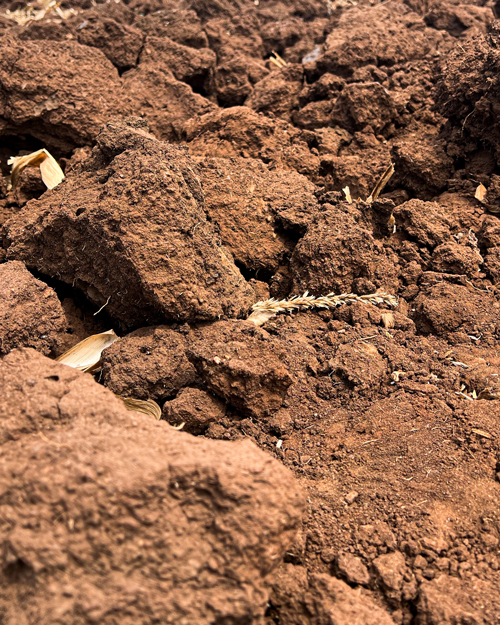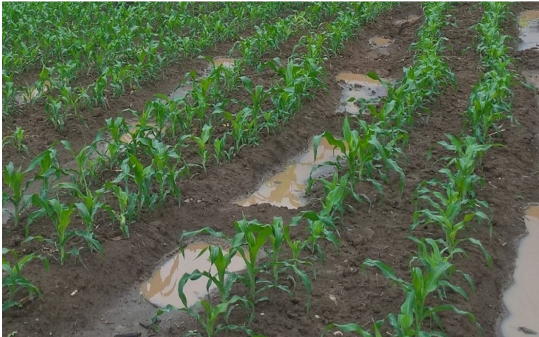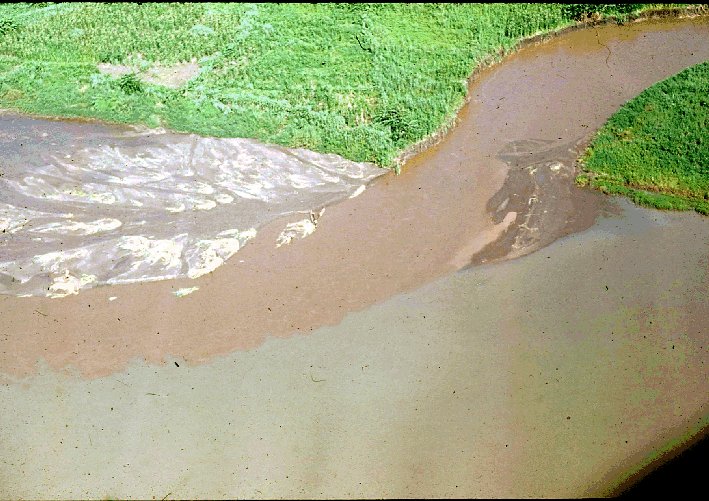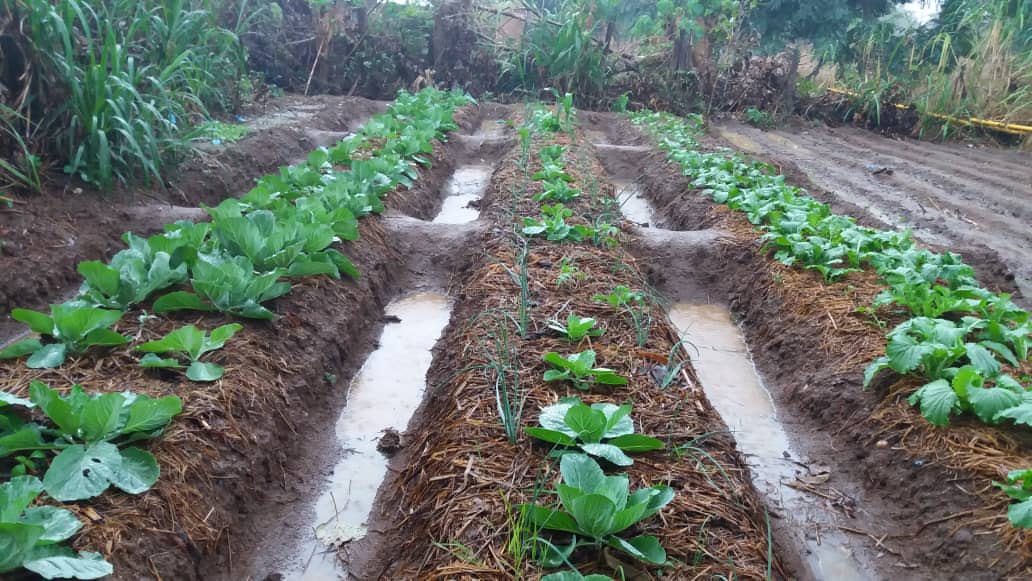Deep Bed Farming (DBF), a regenerative agriculture technique developed by Tiyeni in Malawi, is a transformative farming method designed to regenerate degraded soil, increase crop yields, and provide a sustainable solution to food insecurity. DBF addresses a widespread challenge faced by African farmers: compacted soil layers, or “hard pan,” that prevent root growth and water retention.
How DBF Works
DBF begins by breaking up the hard pan with pick axes in the first year only, allowing water and roots to penetrate deeper. Farmers create raised beds along contour lines, closed at the ends, which prevent soil erosion and maximize water infiltration. This initial groundwork is combined with practices such as mulching, compost application, and intercropping to build fertile, moisture-rich soil.

Above: Hardpan ground in Malawi.

With the growing threats of climate change, DBF provides a model for climate-smart agriculture.
Key elements of DBF include:
- Soil Mulching: Regulates temperature, prevents water loss, and builds organic matter.
- Organic Inputs: Compost or manure enriches the soil, reducing the need for chemical fertilizers.
- Vetiver Grass: Planted along contour ridges to stabilize soil, reduce erosion, and provide organic material for mulching.
- Agroforestry: Integrates trees that add nitrogen and protect soil biodiversity.

Above: Deep beds retaining rain water.
Benefits of Deep Bed Farming
DBF offers numerous environmental and economic benefits. By improving soil structure and organic matter, DBF increases water retention and reduces runoff, ensuring that crops can thrive with minimal irrigation. Farmers using DBF have reported yield increases that are sustainable over multiple seasons, building resilience to climate variability.

Above: Top soil erosion into a river from conventional tilled furrows.
Addressing the Climate Crisis
With the growing threats of climate change, DBF provides a model for climate-smart agriculture. Techniques like mulching and intercropping help protect the soil and maintain biodiversity, vital to carbon sequestration and reducing greenhouse gases.
The integration of cover crops and agroforestry also aligns DBF with regenerative practices promoted by experts like Dr. Elaine Ingham at the Soil Food Web School, Geoff Lawton, a globally known permaculture consultant, and author Mary Reynolds, whose work in rewilding emphasizes soil restoration of ecosystems by returning urbanized areas to a more wild and natural state.
Building Food Security for the Future
Tiyeni’s success with deep bed farming in Malawi is a beacon of hope for addressing food poverty. By focusing on soil health and eco-friendly practices, DBF reduces dependence on chemical inputs and fosters an environment where smallholder farmers can achieve food security and economic stability. Expanding DBF’s reach could enhance food security across Africa, where conventional agricultural methods often fall short of meeting sustainable food production needs.
Africa and beyond
As food insecurity rises globally, methods like DBF demonstrate that more traditional, less conventional farming can be a practical, effective solution. Through soil regeneration, climate resilience, and nutrient-rich yields, DBF has the potential to reshape the future of farming in Africa and beyond.

